Posted 1-1-24
Fall color reports will begin around mid-September.
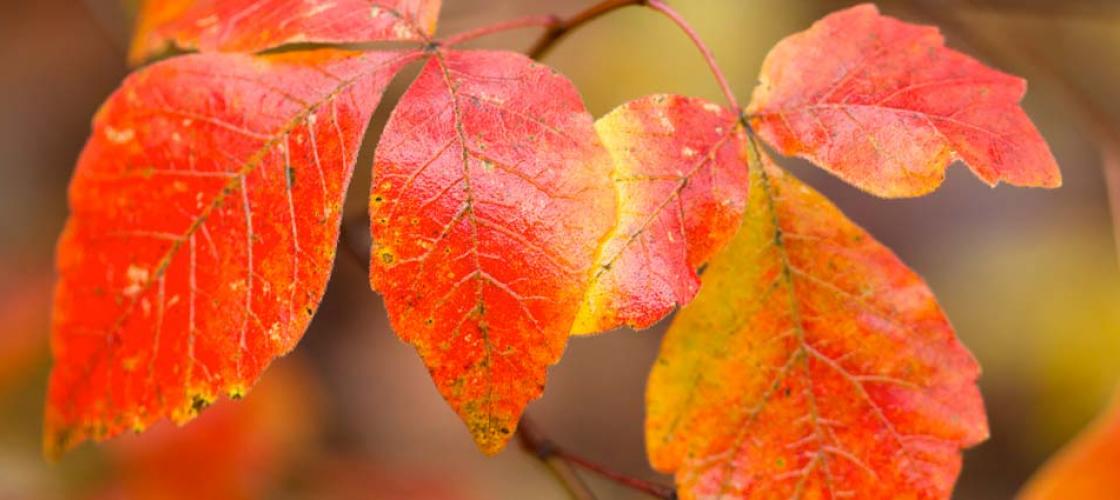
Missouri is blessed with a great variety of trees, shrubs, and woody vines. In autumn, their leaves turn color at different times, so Missourians enjoy a fall color season that may last six to eight weeks. It progresses in phases. Sassafras, sumac, and Virginia creeper are some of the earliest to change, beginning in mid-September. By late September, black gum, bittersweet, and dogwood are turning.
The peak of fall color in Missouri is usually around mid-October. This is when maples, ashes, hickories, and oaks are at the height of their fall display. Normally by late October, the colors are fading and the leaves are dropping from the trees. Fall color is usually finished by the middle of November.
The progression of color change usually starts earliest in northern and western Missouri and moves southward and eastward across the state. Generally, the color change is predictable, but it can vary from year to year. Predicting the peak of fall color can be difficult. Much depends on the weather: during fall, but also during the entire growing season.
MDC's Fall Color Reports usually begin in the second half of September (whenever colors start to appear) and wrap up around the middle of November, when most of the leaves have fallen or turned to brown. Reports appear weekly and are usually posted by Thursday evenings.
You can enjoy Missouri’s fall color almost anywhere.
The Missouri Division of Tourism’s online calendar is packed with events happening all across Missouri. You’re sure to find fun things to do along your scenic fall color trips.



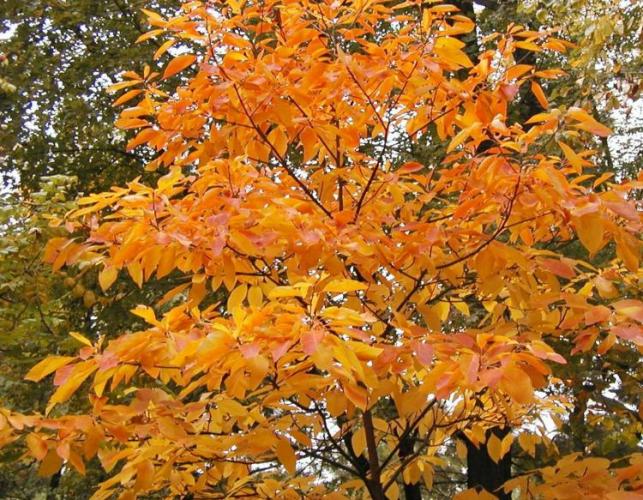

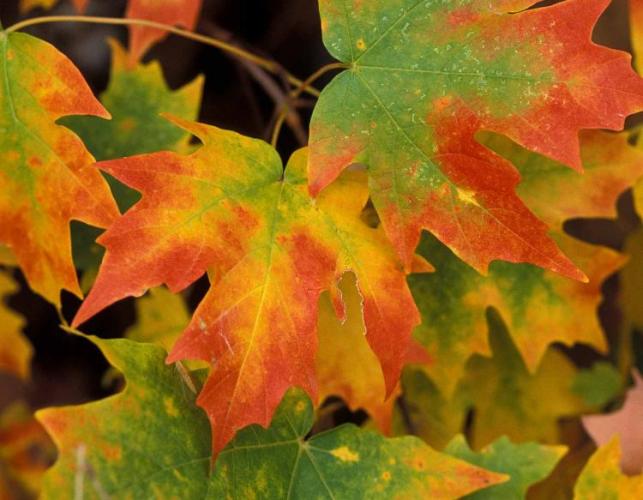



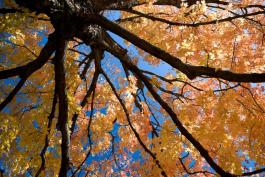



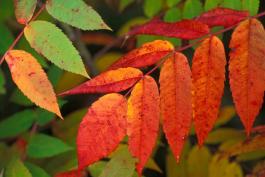


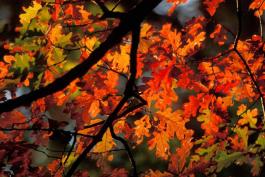

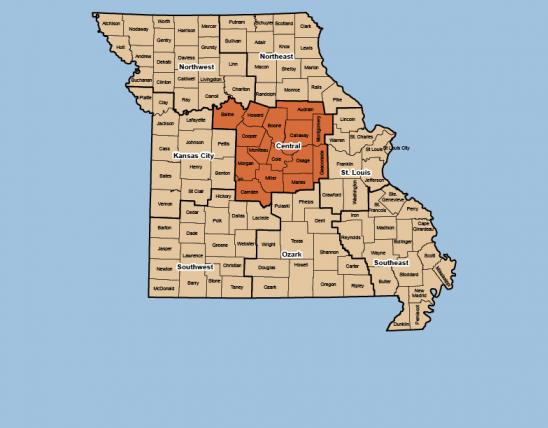
Posted 1-1-24
Fall color reports will begin around mid-September.
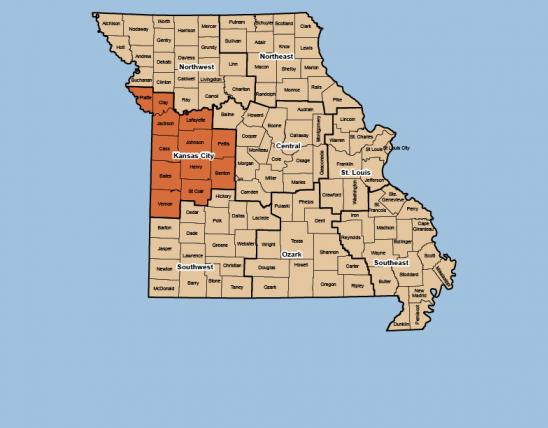
Posted 1-1-24
Fall color reports will begin around mid-September.

Posted 1-1-24
Fall color reports will begin around mid-September.
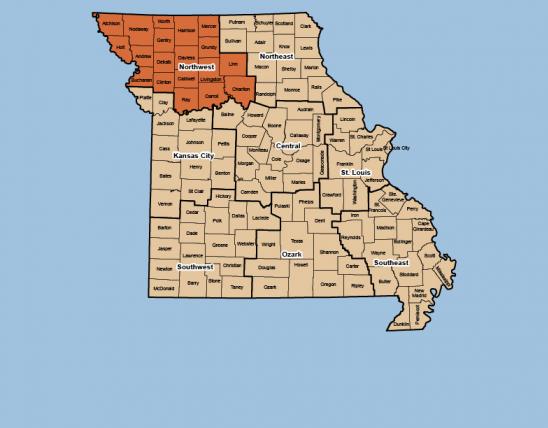
Posted 1-1-24
Fall color reports will begin around mid-September.

Posted 1-1-24
Fall color reports will begin around mid-September.

Posted 1-1-24
Fall color reports will begin around mid-September.

Posted 1-1-24
Fall color reports will begin around mid-September.

Posted 1-1-24
Fall color reports will begin around mid-September.